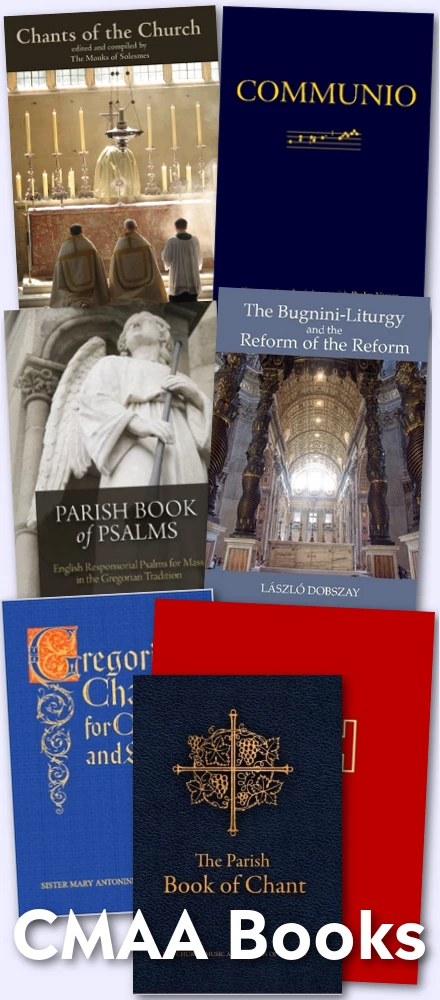The Church today celebrates the seventh centenary of the canonization of St Thomas Aquinas. Although popular devotion to him began as soon as he died, the Dominicans did not begin officially collecting testimonies to his sanctity until 1317, over 40 years after his death. Representatives of the Order presented their evidence to Pope John XXII (1316-34, the second Avignon Pope) in an audience the following year, at which the process received formal approval to continue. One of the most famous stories about Thomas is that a cardinal objected to his cause because he had performed no miracles, to which the postulator answered, “Quot articuli, tot miracula - there are as many miracles as there are articles (in the Summa.)” The cause was concluded in five years, and the same Pope issued the bull of canonization on July 18, 1323; as was then the custom, it includes an appendix of some of the Saint’s more notable posthumous miracles. His feast day is traditionally kept on March 7th, the date of his death, but the Neo-Gallican uses of Paris and various other French sees moved it to this date to keep it out of Lent.
This altarpiece by the Sienese painter Lippo Memmi (1291 ca. – 1356) is one of the earliest to be made after the canonization. It is housed in a church in Pisa, Italy, dedicated to
St Catherine of Alexandria, patron Saint of philosophers, which formerly belonged to the Dominican Order. (
All images from Wikimedia Commons by Sailko,
CC BY 3.0)
Above St Thomas, the Lord sits on a throne of angels, and around his head are Moses, St Paul and the Four Evangelists, figures representing his mastery of all the sources of Divine Revelation.



On the book in Thomas’ hands are written the words of Proverbs 8, 7, “Veritatem meditabitur guttur meum, et labia mea detestabuntur impium. – My mouth shall meditate truth, and my lips shall hate wickedness”, the first words of the
Summa Contra Gentiles. Of the four books lying flat under it, the one on the left is the Bible, with the first words of Genesis 1, 1, while the other shows the beginning of Thomas’ commentary on the Sentences of Peter Lombard. (In medieval universities, the final step to obtain a doctorate in theology was the writing and defending of such a commentary; St Robert Bellarmine was the first person to be granted a doctorate in theology by writing one on Thomas’
Summa Theologica.) The two books under them are written with a purely ornamental form of letter called
pseudo-kufic script, used by medieval artists to represent languages that they did not know such as Greek and Arabic; this would signify the superiority of Christian philosophy and theology over those of the pagans and Muslims.

To either side of Thomas, Aristotle and Plato (appropriately dressed in what a late medieval Italian would see as the outlandish costume of the East) show their works to Thomas, but are of course much smaller, to show that Thomas’ wisdom is by far the greater.
Beneath Thomas reclines the Islamic Aristotelian scholar Averroes (the common Latinization of part of his name in Arabic, “Ibn Rushd.”) The position of his body and the fact that he is looking away from his own book, which is face-down, also indicate the superiority of Thomas as a philosopher.
To either side, crowds of the faithful, lay, religious and clergy, are enlightened by Thomas. On the left are written the words of Baruch 3, 37, “Hic adinvenit omnem viam disciplinæ. – He found out every way of knowledge”...
and on the right, “Doctor gentium in fide et veritate – teacher of the nations in faith and truth.”






























